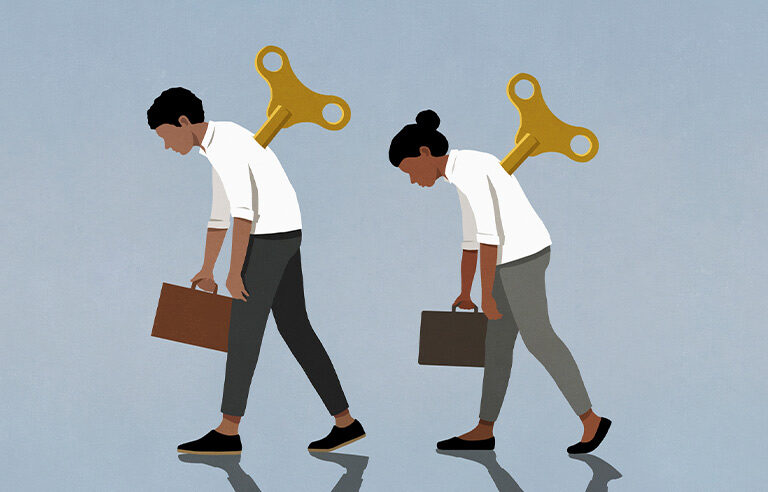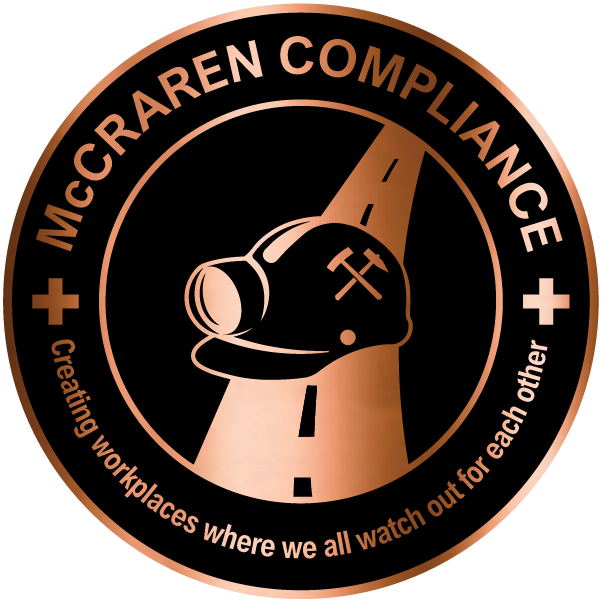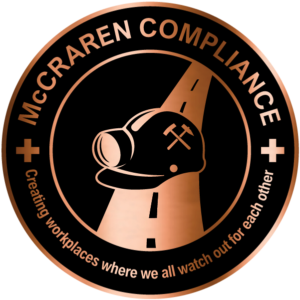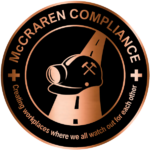
Photo: Malte Mueller/gettyimages
Menlo Park, CA — Around 36% of workers feel burned out at work, and more than a third say their level of burnout has increased over the past year, according to the results of a recent survey.
Human resources consulting firm Robert Half surveyed approximately 2,000 U.S. employees about their feelings on burnout and work stress. Commonly reported contributors to burnout included:
- Long hours and heavy workloads: 40%
- Lack of recognition or support from managers: 30%
- Lack of professional growth opportunities: 27%
By generation, millennials (40%) and Gen Z (39%) are the most stressed-out workers. Working parents (38%) are also feeling burned out, as are employees at small and medium-sized organizations (37%).
“Burnout is not just an employee issue – it’s a critical business challenge,” Dawn Fay, operations president at Robert Half, said in a press release. “During times of heavy workloads or delayed hiring cycles, employers need to address burnout head-on or risk falling behind on critical projects and losing staff.”
Robert Half offers tips to help employers ease employee stress:
Take time off. Support your team’s well-being by encouraging workers to take time off to recharge.
Prioritize projects and manage timelines. Help workers prioritize their tasks and manage timelines effectively to ensure everyone has a manageable workload.
Recognize and appreciate regularly. Acknowledge and celebrate your employees’ hard work and accomplishments to help boost morale and reinforce a positive work environment.
Encourage open communication. Create a supportive environment in which employees feel comfortable discussing their challenges and needs.
“With burnout on the rise, managers must take steps to monitor workloads, maintain open communication and support employee well-being,” Fay said.
McCraren Compliance offers many opportunities in safety training to help circumvent accidents. Please take a moment to visit our calendar of classes to see what we can do to help your safety measures from training to consulting.
Original article published by Safety+Health an NSC publication


